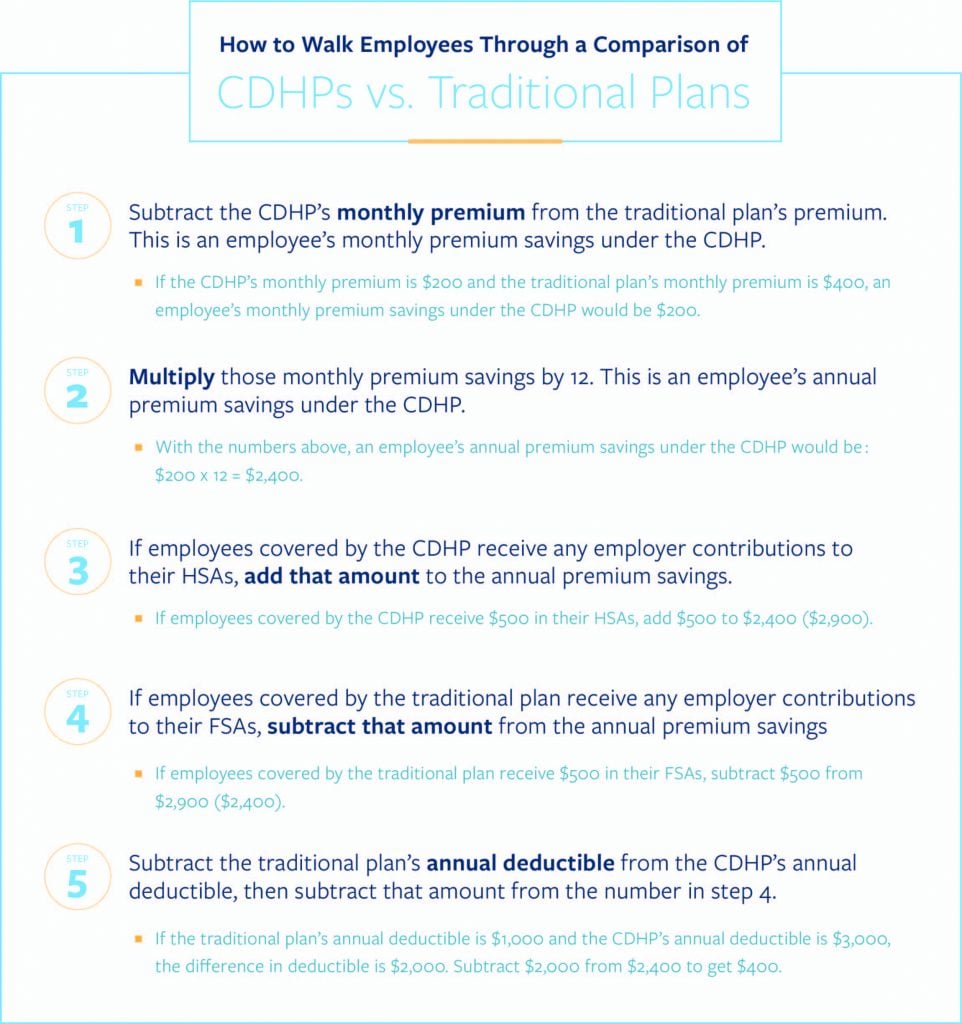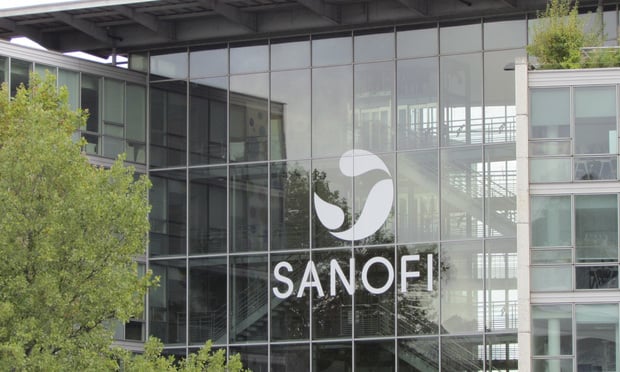 However, employersthat are positioning HSAs as an investing option should make sureto choose an HSA provider that aligns with that strategy. (Photo:Getty)
However, employersthat are positioning HSAs as an investing option should make sureto choose an HSA provider that aligns with that strategy. (Photo:Getty)
For employers struggling to contain rising health care andhealth insurance costs, as well as provide employees withattractive retirement savings options, HSAs and qualifiedconsumer-driven health plans (CDHPs) are a powerful, comprehensivesolution. In 2018, nearly one in three employers offered aconsumer-driven health plan option, according to the Kaiser FamilyFoundation's most recent Employer Health Benefits survey.
|However, employee understanding of HSAs and CDHPs is woefullybehind. According to a recent report by the LIMRA Secure RetirementInstitute and Insured Retirement Institute (IRI), half ofrespondents considered themselves either "not at all knowledgeable"or "not very knowledgeable" about HSAs' features and benefits. Inaddition, 40 percent of respondents incorrectly believed HSA fundsmust be spent by the end of the year to keep them from beingforfeited, like a flexible spending account (FSA).
|Related: HSAs: Moving from spending to saving tostrategizing
|For employers looking to implement a CDHP/HSA solution,education is essential to helping employees understand why theyshould enroll. Here are five simple tips to help implement aneffective CDHP/HSA solution that employees will understand and getexcited about.
|1. Reframe HSA-qualified health plans
Traditionally, the type of health plans needed to open andcontribute to an HSA have been known as "high deductible healthplans" (HDHPs). However, seeing "high deductible" can leademployees to believe that that plan is more expensive anddisincentivize them from enrolling. A simple way to reframe expectations is to refer to yourHSA-qualified plan as a "consumer-driven health plan" (CDHP) or,even better, a "low premium health plan." By shifting the focus tothe plan's lower monthly premiums or ability for participants tobetter own their healthcare experience, employers can helpemployees better understand the holistic benefits of anHSA-qualified plan.
|2. Holistically compare CDHP and traditional plan costs
For employers offering a CDHP/HSA alongside a more traditionalhealth plan, the responsibility is on them to show employees whythe CDHP/HSA is a better option. And in many cases, employees maybelieve CHDPs are more expensive because of their higherdeductibles. By comprehensively comparing total costs of a CDHPalongside a traditional plan, employers can dispel those doubts andhelp employees make a fact-based decision about their healthcoverage.
|Here's how to walk employees through the comparison:
| Thefinal number ($400 in the example above) is the amount an employeewill save under the CDHP if they reach their annual deductible. Ifthe number is negative, an employee will save under the traditionalplan if they hit their deductible.
Thefinal number ($400 in the example above) is the amount an employeewill save under the CDHP if they reach their annual deductible. Ifthe number is negative, an employee will save under the traditionalplan if they hit their deductible.
Of course, this assumes the employee reaches their annualdeductible. If an employee is generally healthy and doesn't incurmany medical costs, his or her annual medical expenses will likelystay under the deductible (increasing the amount he or she willsave under the CDHP). By looking at their doctor's bills for thelast couple of years, employees can estimate how often they usemedical care and whether they're likely to reach their annualdeductibles.
|3. Contribute to employees' HSAs (and use those contributionsto incentivize higher employee contributions)
According to the 2018 Kaiser survey, only 55 percent ofemployers make contributions to their employees' HSAs. Employerswho don't contribute to their employees' HSAs are not only missingout on a chance to encourage employee contributions, they're alsoneglecting an opportunity to save money themselves.
|Employers looking to maximize employee contributions should makesure they have a Section 125 Plan (also called a Cafeteria Plan)set up; this enables employees to make HSA contributions viapre-tax payroll withholding. These funds are not subject to federaland state taxes (in most states) and also aren't subject to FICAtaxes, giving employees a strong incentive to contribute. Inaddition, by offering a Cafeteria Plans, employers do not have tofollow IRS comparability rules in their contributions to employees'HSAs.
|This gives employers more freedom in structuring a contributionsystem that incentivizes employees to grow their HSAs. For example,employers can offer a base contribution to employees' HSAs, thencontribute an additional amount based on employees contributing acertain amount on their own. Employers can even offer additionalHSA contributions based on employees' actions, such as completingwellness initiatives. Employers should also strongly considerpaying the administrative fees associated with employees' accountsto eliminate any potential frustration.
|Lastly, employers also save FICA taxes on HSA contributionsemployees make via payroll withholding, which can recoup the costof paying employees' HSA administrative fees.
|4. Offer a post-deductible HRA to cover catastrophicevents
In addition to frequently having higher deductibles thantraditional plans, CDHPs can have higher out-of-pocket maximums aswell. This can make employees nervous about the amount they wouldhave to pay in the event of a medical emergency and can steer themtowards enrolling in a traditional plan.
|To counter this, employers can set up a post-deductible healthreimbursement account (HRA) to cover expenses in the event of acatastrophic event. Typically, HRAs cannot be combined withHSA-qualified CHDPs, but post-deductible HRAs are an exceptionbecause they don't reimburse medical expenses until the IRS'minimum annual deductible for HSAs is reached. Employers can choosethe amount at which the post-deductible HRA begins reimbursingmoney, as long as it's above the IRS' minimum deductible.
|For example, if a CDHP has an out-of-pocket-maximum of $8,000,an employer could set up a post-deductible HRA to reimburse allmedical expenses after $5,000. By setting up this safety net,employers can boost employees' confidence about enrolling in aCDHP/HSA, knowing they'll have coverage in the event of a medicalemergency.
|5. Tout HSAs' investing ability
If employers depict HSAs as similar to FSAs, employees may notsee the value of enrolling in CDHPs. However, HSAs are so much morethan a way to save taxes on current medical expenses; they can beinvested like a 401(k) or IRA and grown to cover retirementhealthcare costs. Employers should make sure to explain HSAs'investment potential as a long-term savings vehicle in addition totheir ability to save taxes on current healthcare costs.
|According to a recent Healthview study, the average 65-year-oldcouple should expect to pay over $363,000 in non-Medicare-coveredmedical expenses during retirement. By accumulating HSA funds,savvy investors can build medical eggs to pay for those coststax-free, rather than using 401(k) or IRA funds and paying taxes ontop of the expenses. Depending on the tax rate, these tax savingscould be as much as $120,000.
|And, while HSA contribution limits are lower than those for401(k) plans, investors can still build up large balances in them.Assuming a 6 percent rate of return, family healthcoverage, and a 2 percent annual CPI increase, a 50-year-old couldaccumulate over $221,000 in his/her HSA by the time he/she reaches65, and a 30-year-old could amass over $1,069,000. Those funds canthen be used to pay for medical expenses tax-free or, once theaccount holder is 65, spent on non-medical costs with no taxpenalty just like a 401(k) or IRA.
|However, employers that are positioning HSAs as an investingoption should make sure to choose an HSA provider that aligns withthat strategy. Some HSA providers don't offer an investment optionat all, and many that do require that accountholder maintain athreshold in cash before they can invest. Others offer fund lineupswith high expense ratios that subtly erode account holders'balances over time.
|By choosing an HSA provider who views HSAs as an essential pieceof a comprehensive retirement planning strategy and offers easyaccess to investing, employers ensure their employees are set upwell to grow their funds for a happy, healthy future.
|CDHPs/HSAs offer employers an effective means to counterincreasing healthcare costs while also provide employees a powerfulvehicle for retirement planning. While employees are still learningthe benefits of CDHPs paired with HSAs, employers that take thetime to educate employees on their advantages offers clear rewardsboth now and in the future.
|Craig Keohan is chief revenue officer forHealthSavings, a leading HSA provider. As ChairmanEmeritus of the American Bankers HSA Council and founding executiveof the first HSA / MSA administrative companies in the country, hispassion is to help those who are confused get it right and stopespousing guidance that only serves the corporate bottom line. Hebelieves the HSA consumer deserves clarity that the HSA account iscalled a Health SAVINGS Account for a reason.
Read more:
Complete your profile to continue reading and get FREE access to BenefitsPRO, part of your ALM digital membership.
Your access to unlimited BenefitsPRO content isn’t changing.
Once you are an ALM digital member, you’ll receive:
- Critical BenefitsPRO information including cutting edge post-reform success strategies, access to educational webcasts and videos, resources from industry leaders, and informative Newsletters.
- Exclusive discounts on ALM, BenefitsPRO magazine and BenefitsPRO.com events
- Access to other award-winning ALM websites including ThinkAdvisor.com and Law.com
Already have an account? Sign In
© 2024 ALM Global, LLC, All Rights Reserved. Request academic re-use from www.copyright.com. All other uses, submit a request to [email protected]. For more information visit Asset & Logo Licensing.








